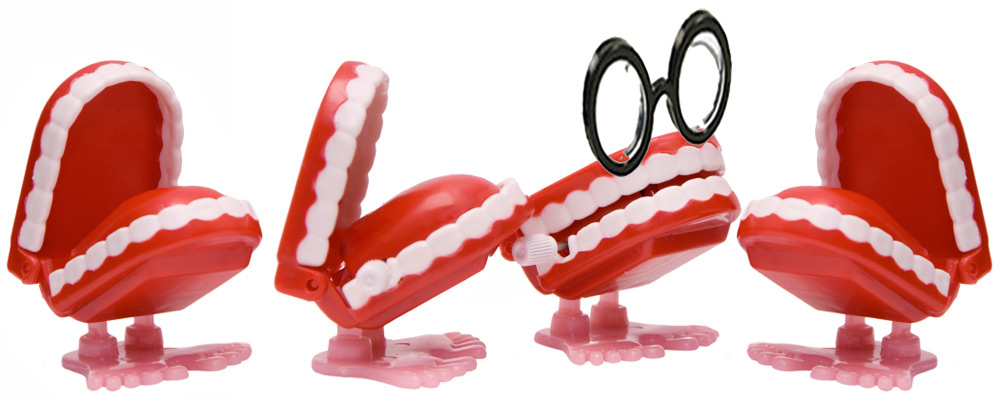
Not only do we architects make up new words all the time, but we’d like to believe that these words seem unfamiliar to non-architects. Not because they are fabricated on the spot, but because they’re so forwardly-thinking (how’d you like that one?) that few English-speakers have mastered their use. Don’t even bother asking us to locate these terms in a dictionary – we’ll make references to obscure tomes buried within the archives of Avery library that would require a team of librarians to rescue, we’ll throw around antiquated Dewey Decimal numbers, we’ll foam at the mouth, we’ll do whatever it takes to get you off our trail.
Maybe we convince ourselves that these words are real to sound smarter, maybe verbal communication simply hasn’t caught up with ideas about space and form, or maybe we had too many Manhattans last night. Tough to say, really. But here’s the deal: we’re not giving it up. In fact, we’re amping up our efforts, adding extraneous syllables wherever we can, and launching a list of 20 Words that should (obviously) become part of any architects bag of vernacular tricks. Add your own favorites in the comments section.
Angularity: (n.) the quality of being sharp-cornered, also known as Liebeskinian.
Archinect: (n.) the hybridization of “architect” and “connect” meaning to connect architects. And also one of our favorite archi-sites.
Cove-mouldy: (adj.) lots of funny, unjustified little pieces of curved trim.
Disquality: (adj.) the complete lack of any discernible qualities. Should be expressed with observable scorn.
Doricky: (adj.) the quality (or disquality) of being too classical (like a Doric column).
Discoursing: (v.) the act of two or more architects talking with one another.
Disneyfication: (n.) architecture that incorporates pastel colors, Mickey Mouse ears or anything else designed by starchitect Michael Graves. Not to be confused with the sometimes homophone “Disney Vacation.”
Faux-design: (n.) design that is trying to be something that it’s not. Typical indications include peel-n-stick stone walls (which now comes in reclaimed wood flavor), vinyl window dividers and non-structural knee braces.
Forwardly-thinking: (adj./adv.) talking or writing about the future as if you have prophetic insight.
Horizontality: (n.) more than merely “horizontal,” the parent noun, this refers to the emphasized nature of being low to the ground and long, similar to planking, but in an extra special architectacular way.
Jobsian: (adj.) in reference to Steve Jobs, treating everyone around you like dirt in order to get something designed exactly the way you want it. Go with a silent “j” if you really want to obfuscate.
Lincoln-loggy: (adj.) the act of crudely putting together chunky forms in an unsophisticated way.
Liebeskinian: (adj.) designing everything with a nonsensical number of sharp angles and unorthogonal bands of windows.
Not-not-modern: (adj.) sort of modern, but not really.
Noun + Noun: (n.) a working title for any design firm doing awesome work whose actual name is not yet known. Proper or common nouns may be used. The plus sign is mandatory, ampersands are for restaurants & bars. Accenting with color is optional.
Post-rationalized: (adj.) making up whatever is needed to enhance the narrative for the sole purpose of justifying a previous statement or design move. But in a way that sounds natural.
Reappropriation: (n.) the act of using something in a different yet appropriate way. Typically refers to any type of older building becoming a new art museum. Formerly referred to as “adaptive reuse.”
Techtonically: (adv.) the way in which objects are joined together in a non-Lincoln-loggy sort of way.
Theoretical paralysis: (n.) thinking so much about architecture that it eclipses getting anything built.
Unorthogonal: (adj.) the highly annoying occurrence of people, places, things or ideas that do not align with the concept of Euclidean geometry.
A cautionary note: these words are to be used with care. They are powerful terms that, when delivered with self-assurance, can win battles, convey higher intelligence, and shape the process of design. Conversely, when used improperly or without confidence, these terms can make you look like a pompous idiot. It is all in the delivery.
Cheers from Team BUILD





